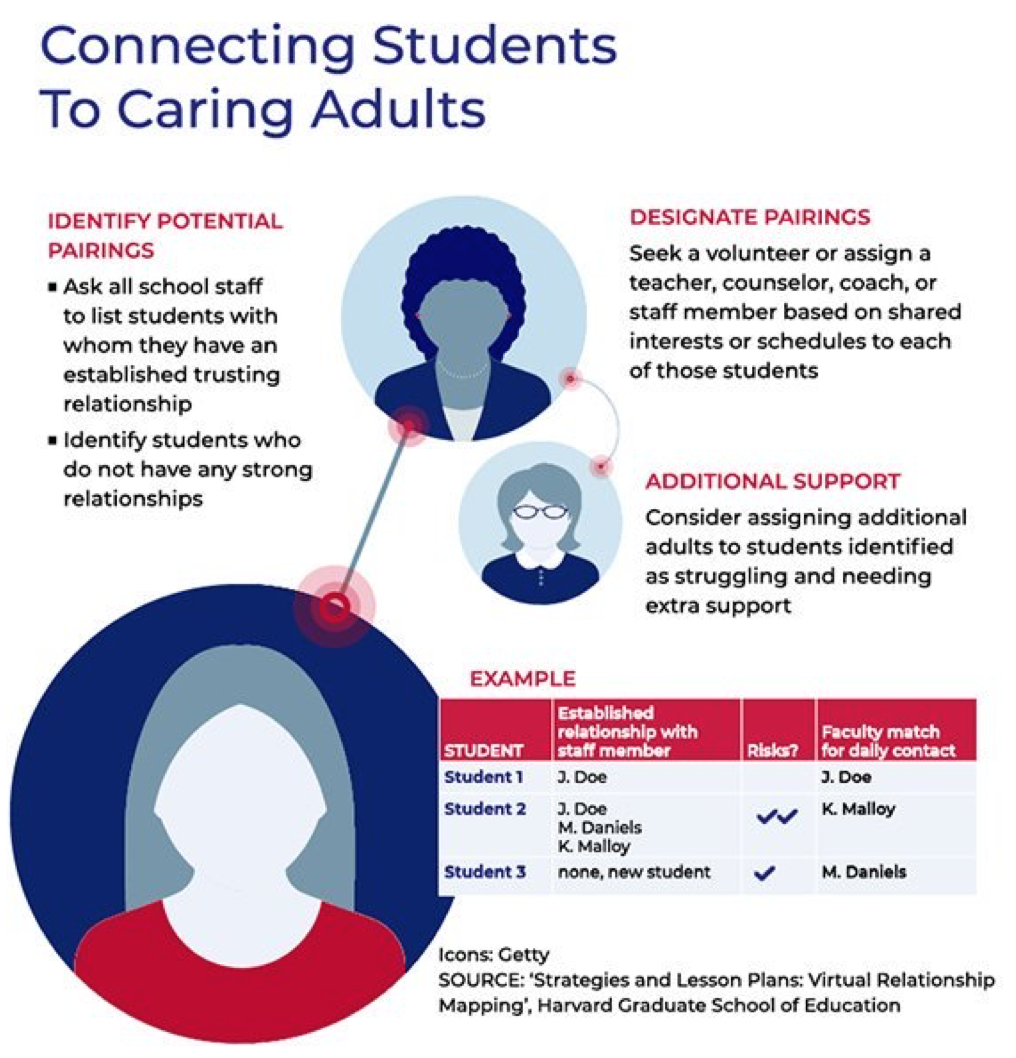Online and Hybrid and In-Person, Oh, My! Strategies for Supporting Students and Teachers Amidst Reopening Schools

No matter how your school is operating this fall (map of where school buildings are open), the twister of new protocols and uncertainties is leaving many educators, parents, and students feeling like we are “not in Kansas anymore.” While some are understandably overwhelmed, outstanding educators – like those on our webinar panel – are heeding Churchill’s advice, to “Never waste a good crisis,” and are seizing this opportunity to take charge and direct resources towards closing the virtual achievement gap and reimagining success.
The mindset with which we are approaching education during this challenging time makes a huge difference; research has demonstrated that students and teachers with a growth mindset achieve at higher levels. In this video, Dr. Jo Boaler describes how STEM educators can optimize learning plans for students and be creative to open up who can be successful to move away from fixed mindsets and harmful stereotypes.
Amidst concerns for catching up on lost learning (see policy brief and podcast on research-based strategies for addressing student learning loss) and navigating logistics of online and/or socially distanced learning, attending to social and emotional learning (SEL) needs of students – let alone teachers – may seem like a less immediate consideration. However, students cannot effectively process and retain new information if their brains are stressed, and everyone who has flown knows the importance of adults putting on their oxygen mask first before trying to help others in an emergency situation. In fact, fifty percent of teens reported that feeling depressed, stressed or anxious made it hard for them to learn virtually (YouthTruth) and 40 percent said they were not offered any social emotional support in the spring (America/s Promise Alliance), with concerns more prominent for students of color. According to Panorama data from more than 13,000 educators this spring, over one in five are “quite” or “extremely” concerned about their social-emotional well-being this year. Therefore, social-emotional well-being and skills, as a prerequisite for learning and educating, should be a top priority.
While melting troubles like lemon drops may be unrealistic, there are some practical steps educators can take this fall.
- Educator Level: Self-Care is Not Selfish.
- Student Level: Focus on relationships through strategies such as mapping student relationships to adults, checking in daily or weekly, utilizing a peer buddy system, and connect with parents. Communicate available resources frequently and loudly. Student agency should not be forgotten in crisis; learn about Empowering Student Voice and Purpose in this video with speakers from UNICEF Kid Power.
- Classroom level: Try out these six adaptable SEL lessons, with in-school and at-home versions, created by the EASEL Lab at Harvard. Learn Integration of Social-Emotional Learning in Academics from the 2017 Missouri Teacher of the Year Darbie Valenti (who also shared strategies in an ARISE webinar on culturally relevant pedagogy) and National Consultant John Antonetti. Try any of these 8 Strategies to Improve Participation in Your Virtual Classroom from Edutopia.
- School level: Implementing a tiered system of integrating social-emotional supports with academics, as recommended by CASEL, can help meet students’ needs and leverage the personnel schools already have. Using a trauma-informed lens, this REL West webinar offers Strategies for Educators to Support the Social and Emotional Needs of Students Impacted by the COVID-19 Pandemic and the Demand for Racial Justice. Some districts have found success transitioning to competency-based assessments and providing flexibility on deadlines with focus on mastery. Check out how schools are supporting Social and Emotional Well-being Remotely in this curated collection of examples from Transcend.
But how do we know how much oil to use if our tin is a bit rusty? Start by assessing stakeholder needs.
- Student Survey: Utilize research-backed student SEL assessments, like this one from Panorama.
- Adult SEL Toolkit: Panorama offers similar well-being measures for educators, along with strategies, activities, and templates and webinars.
- Parent Questionnaire: This checklist from EdWeek has been adapted from the National Child Traumatic Stress Network, to identify stress and trauma.
Pulling back the curtain, many of these issues and strategies find parallels in STEM teacher preparation. Now, perhaps even more than ever, programs must attend to the social emotional needs of teacher candidates and prepare them to meet the needs of the students they will teach. Many are seizing this opportunity to capitalize on existing strengths and reimagine educator preparation.
- Opportunity to lean into equity-centered, deeper learning: Learning Policy Institute and EdPrepLabs have been looking into ways this crisis presents opportunity for preparation programs to innovate and engage candidates. Some examples they cite include:
- providing online viewing and analysis of teaching videos, unit and lesson plans, and student work that candidates continue to engage in their courses and, for those who are student-teaching, with their cooperating teachers during distance learning;
- connecting candidates to communities in new ways, such as supporting district food distribution; and
- modeling trauma-informed practices through meditation, affinity groups, and critical resilience practices.
- Opportunity to strengthen partnerships: Watch this video of Mary Murray, Associate Dean for Student Services and Teacher Education at Bowling Green State university describing the importance of collaboration with K-12 districts and teachers.
- Opportunity for policy guidance: AACTE released its new report, Teaching in the Time of COVID-19: State Recommendations for Educator Preparation Programs and New Teachers.
For those interested in following the yellow brick road to deeper SEL awareness, learn more by visiting the Collaborative for Academic, Social, and Emotional Learning (CASEL). Read their report, Emerging Insights on Advancing Social and Emotional Learning (SEL) as a Lever for Equity and Excellence, and take advantage of the CASEL Cares Initiative free weekly SEL webinars and resources. Though lines between home and school may be blurred for some this year, witnessing the heart, brains, and nerve with which many educators are rising to challenges this fall is heartening; approaching teaching this fall empowered with tools to integrate SEL with academics, well, “That, my dear, is a 'horse of a different color'.”